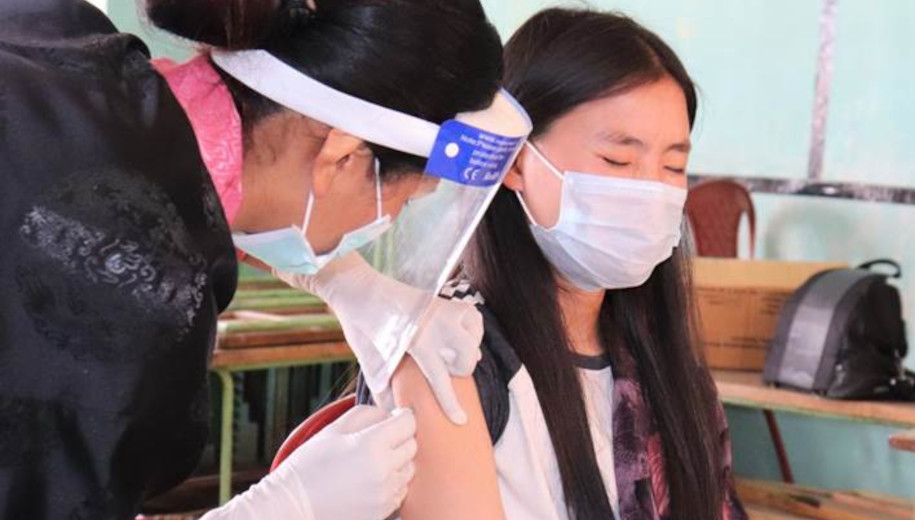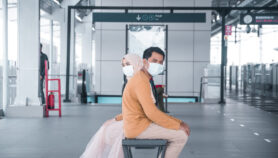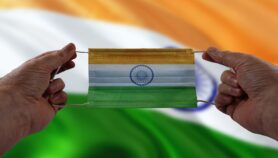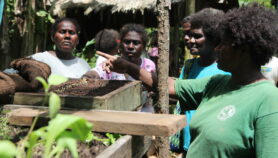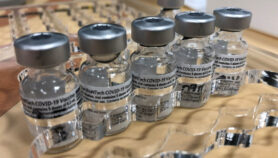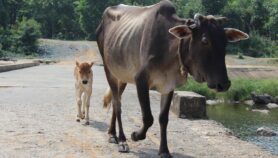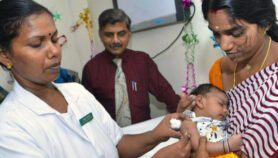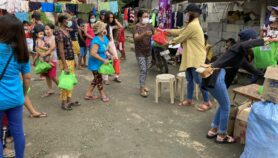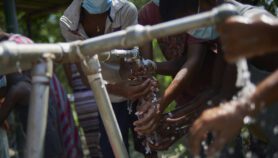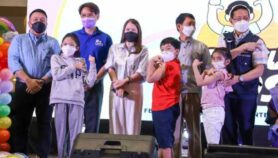By: Dawa Gyelmo
Send to a friend
The details you provide on this page will not be used to send unsolicited email, and will not be sold to a 3rd party. See privacy policy.
[THIMPHU] Bhutan is following up on its success in vaccinating 90 per cent of its adult population against COVID-19 by embarking on a plan to immunise children in the 12 to 19 age group.
Immunisation of children started in the high-risk southern areas of Bhutan that border India — a country now battling a devastating second wave of the pandemic.
So far, 58,000 children in 13 districts have received at least one dose of vaccine. Children in lower risk areas are expected to receive their first doses in September, according to health officials. Around 30 per cent of Bhutan’s population of 770,000 people is below 18 years of age, according to the National Housing and Population survey 2017.
Yeshey Pelden, programme officer with Bhutan’s public health department, tells SciDev.Net that children in this age group “are being immunised with Pfizer and Moderna vaccines”. Both vaccines were released under emergency use, she says.
Yeshey says the decision to approve the Moderna vaccine was based on that of the European Medicines Agency while in the case of Pfizer the authorisation accorded by the US Food and Drug Administration was followed.
Bhutan’s health secretary declined to comment on Bhutan’s decision to vaccinate children or share details of the vaccination coverage plan.
However, Prime Minister Lotay Tshering had stated earlier that Bhutan planned to achieve herd immunity. “We require vaccinating more than 70 per cent of the total population considering the infection rate of the virus,” Tshering, a medical doctor, said in a televised public statement last month.
“We require vaccinating more than 70 per cent of the total population considering the infection rate of the virus”
Bhutan Prime Minister Lotay Tshering
Bhutan started off the first phase of the mass vaccination drive with around 500,000 AstraZeneca vaccines donated by India. The first dose campaign took off on 27 March and within two weeks 93 per cent of the adult population or 480,181 people were immunised. But when India was hit by a devastating wave of the Delta variant of COVID-19 in March, it suspended supplies to other countries.
After a gap of almost four months, Bhutan secured vaccines from the US and EU and the nationwide vaccination programme resumed on 27 July. Within a week, 90 per cent of the eligible adult population were fully immunised.
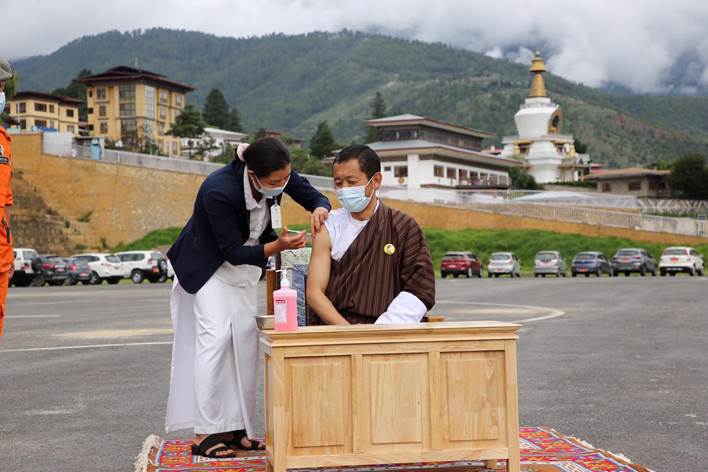


COVID-19 vaccination in Bhutan. Image credit: Bhutan Ministry of Health.
Apart from India’s contribution for the first phase, Bhutan has received 500,000 Moderna vaccine doses from the US through the global COVAX Facility’s vaccine-sharing programme, 250,000 doses of AstraZeneca vaccines from Denmark,100,000 doses of AstraZeneca vaccines from EU countries like Croatia and Bulgaria, and 50,000 doses of Sinopharm vaccines from China.
The country has also passed on 230,000 doses of AstraZeneca vaccines to neighbouring Nepal following a request made in the first week of August.
Bhutan’s success stands out in the rest of South Asia which is struggling to cope with a second wave of the pandemic. UNICEF has described the feat as a “success story” and the country as a “beacon of hope” for other countries in the region.
While Bhutan’s population is small compared to that of its South Asian neighbours it has limited resources and health workers needed to negotiate long-distances over rough, mountainous terrain to reach remote populations for the vaccination drive.
   |
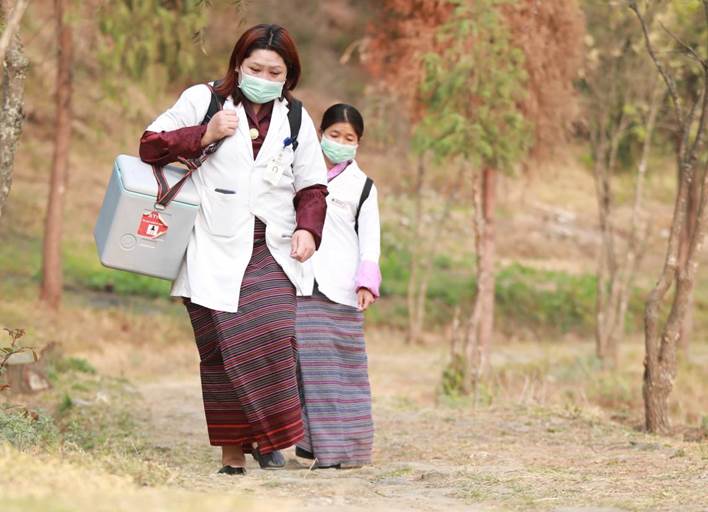   |
Health workers bring vaccines to remote places with no road accessibilities. Image credit: Bhutan Ministry of Health.
This piece was produced by SciDev.Net’s Asia & Pacific desk.


